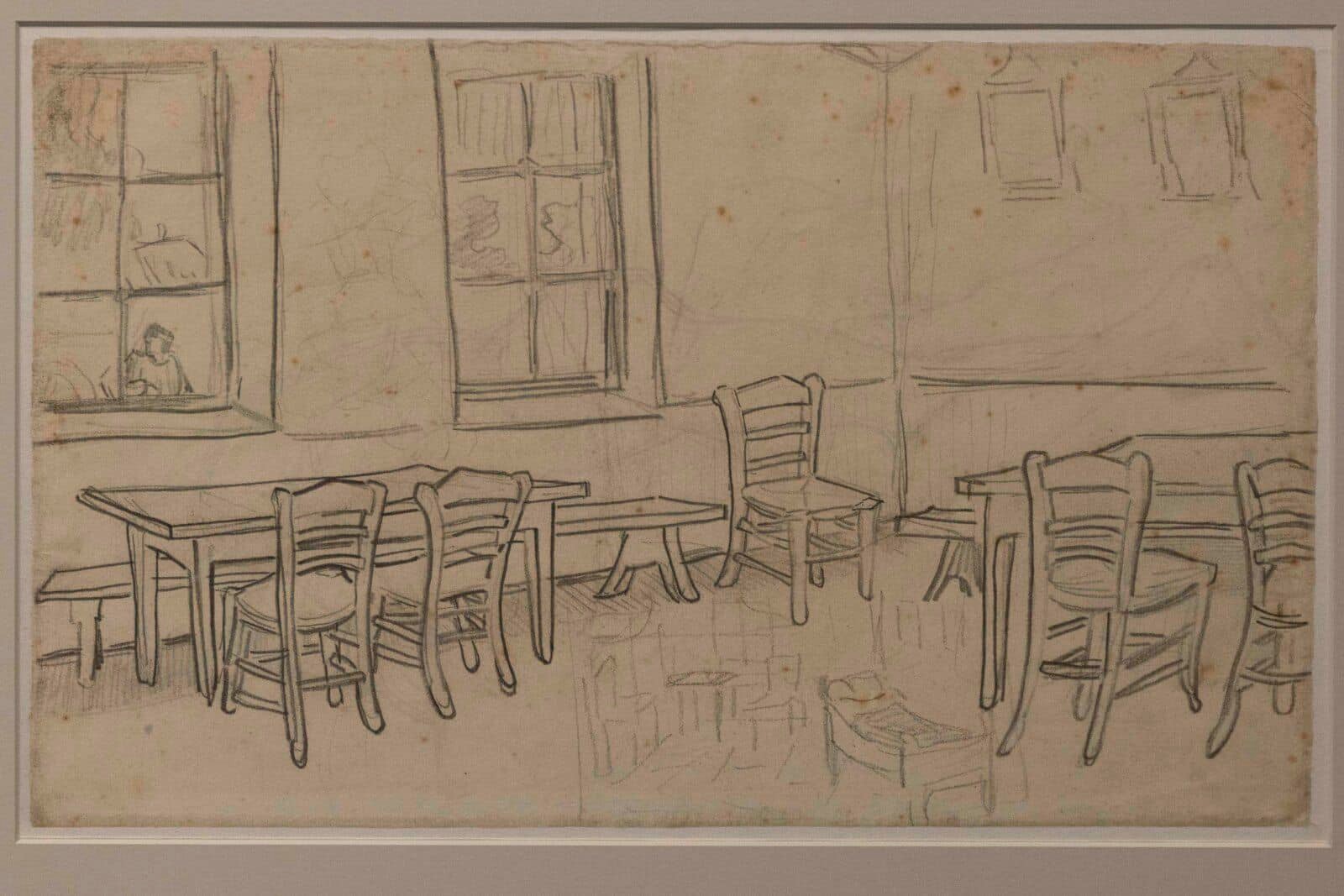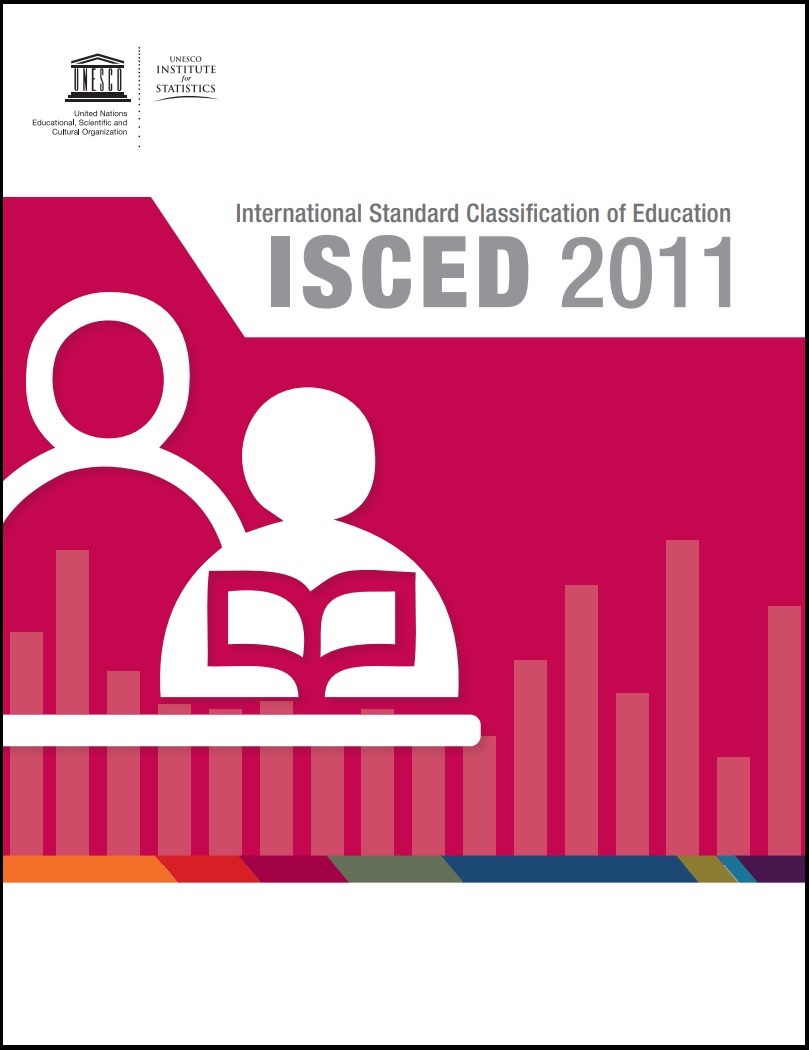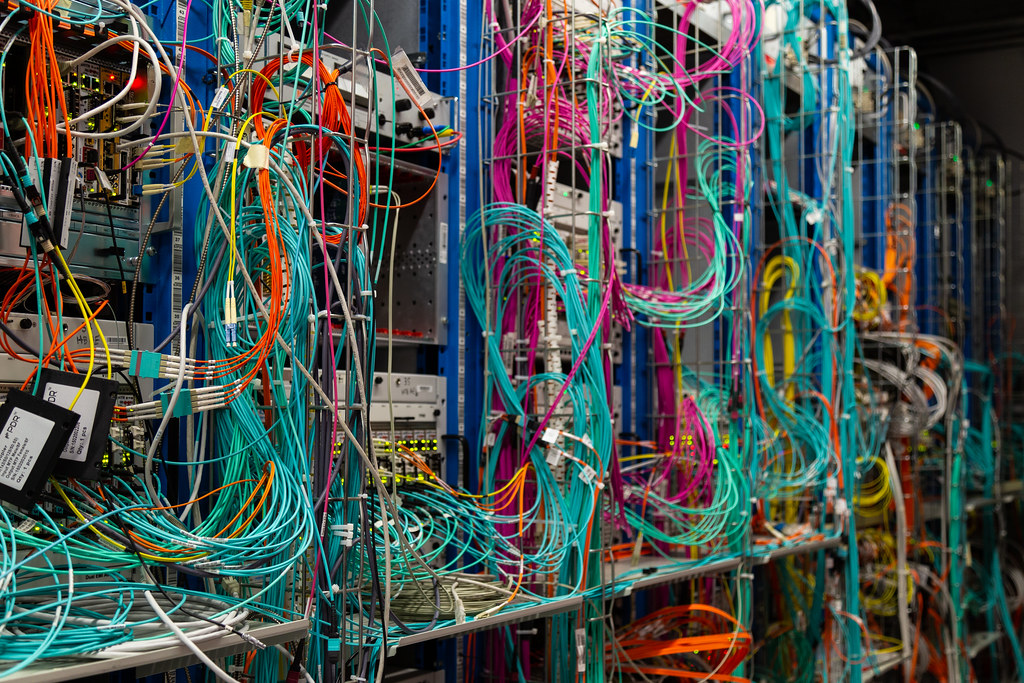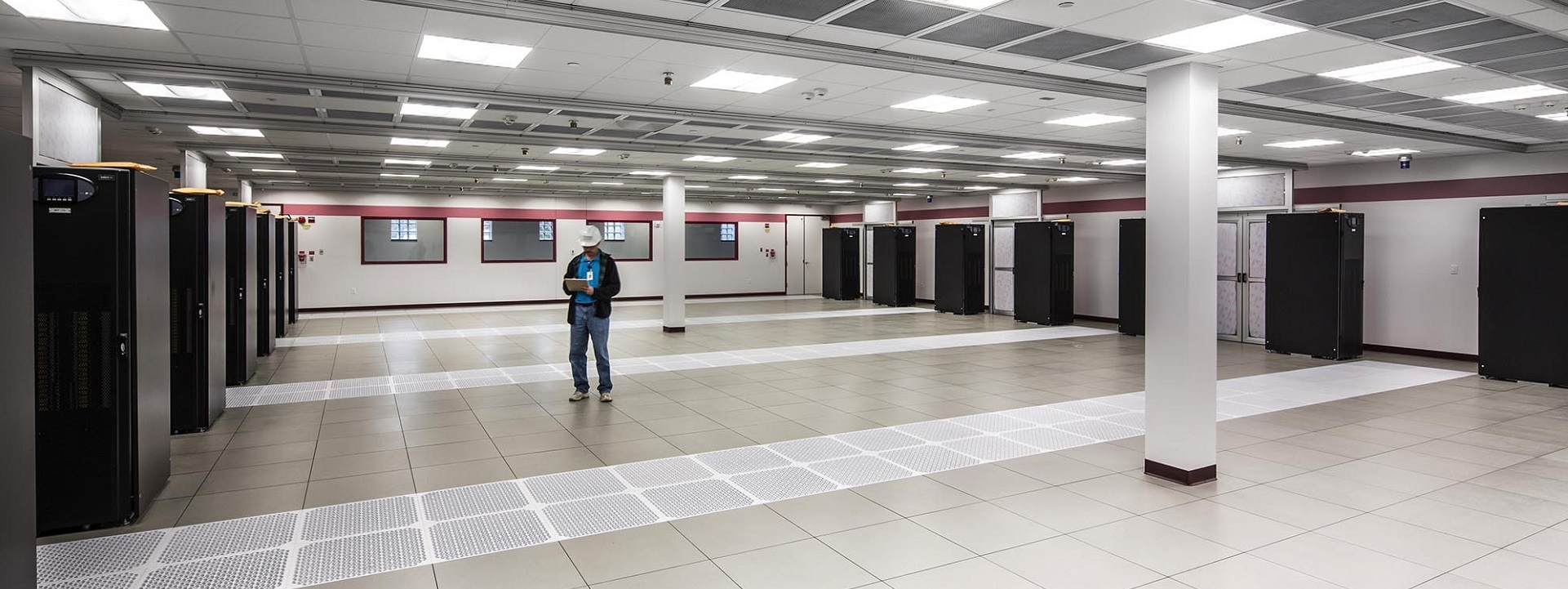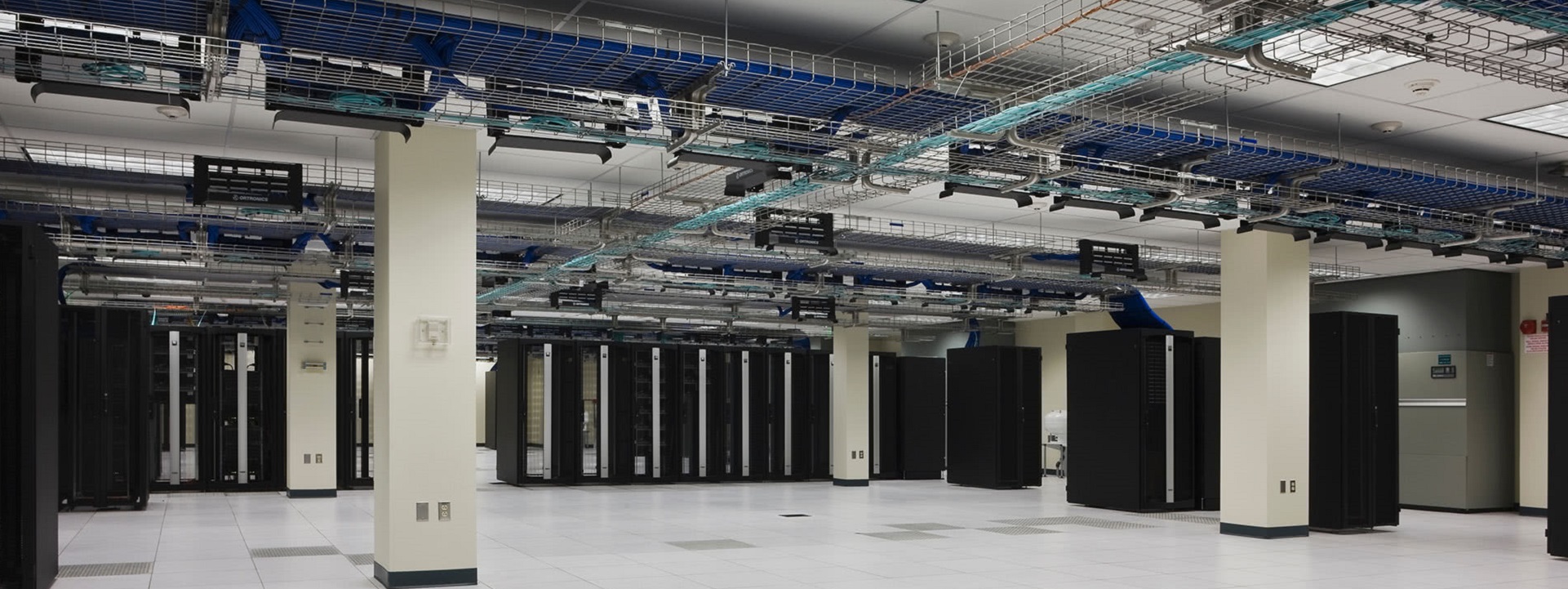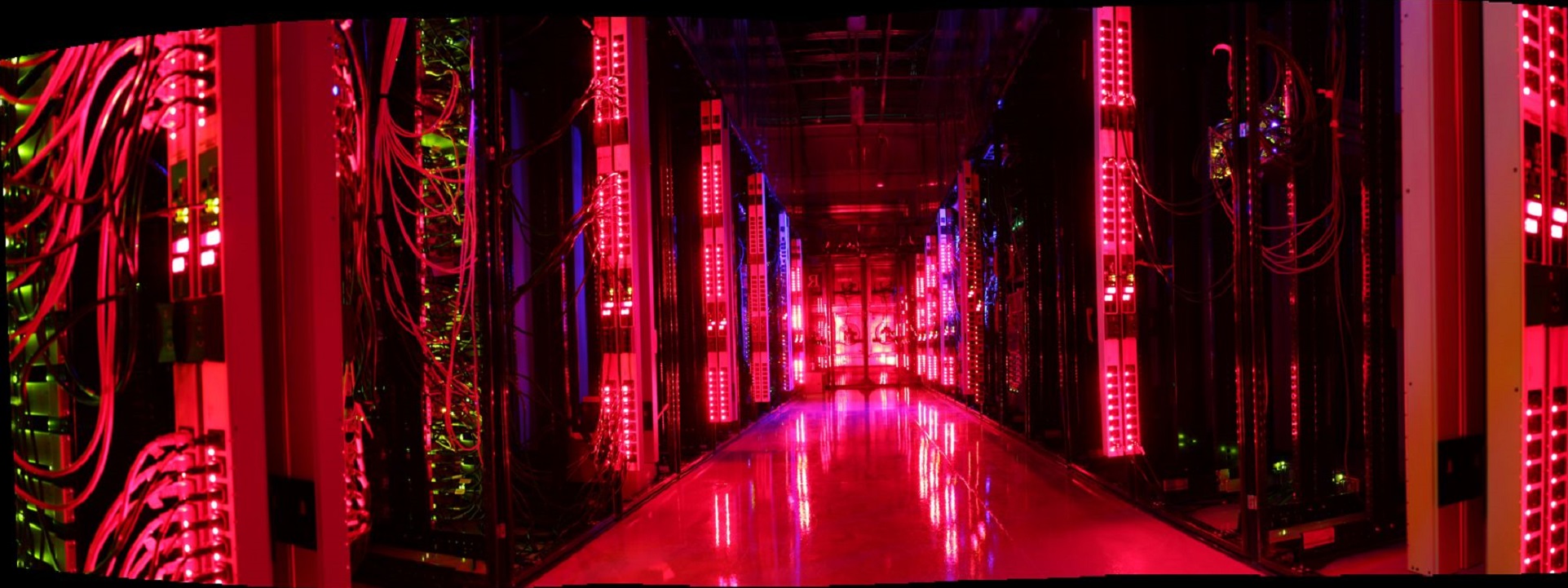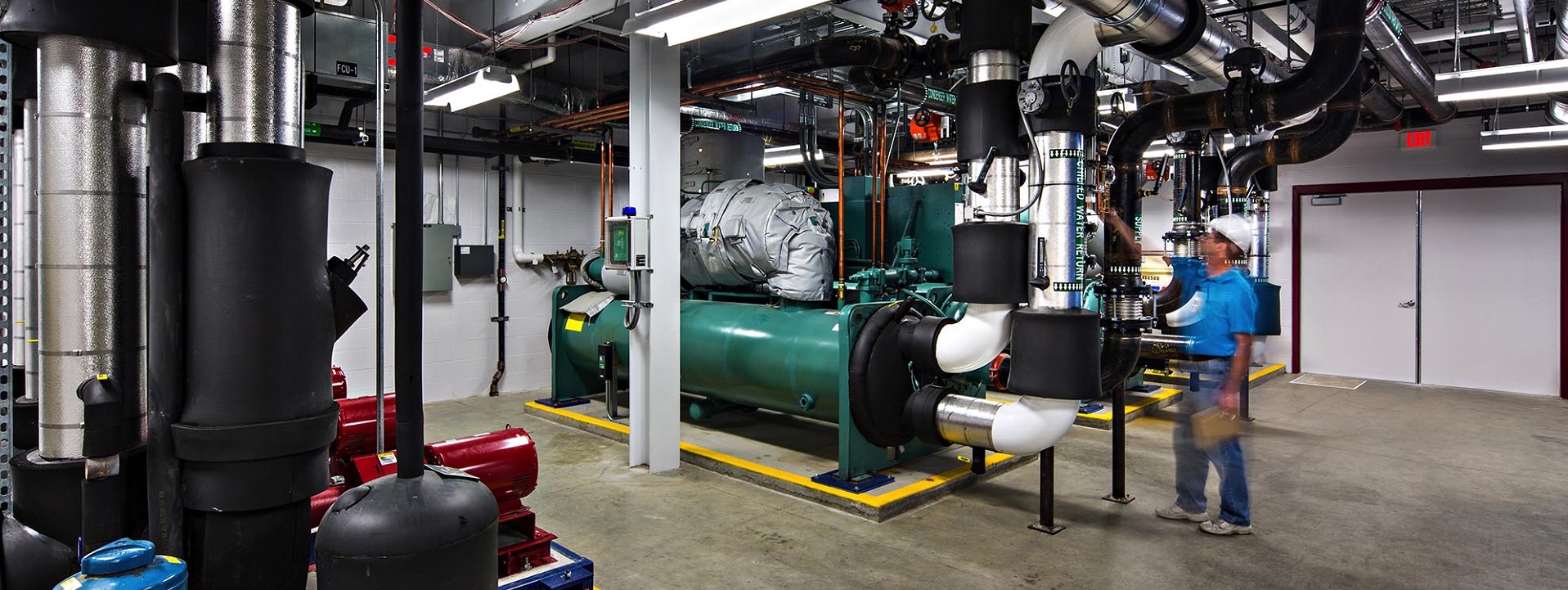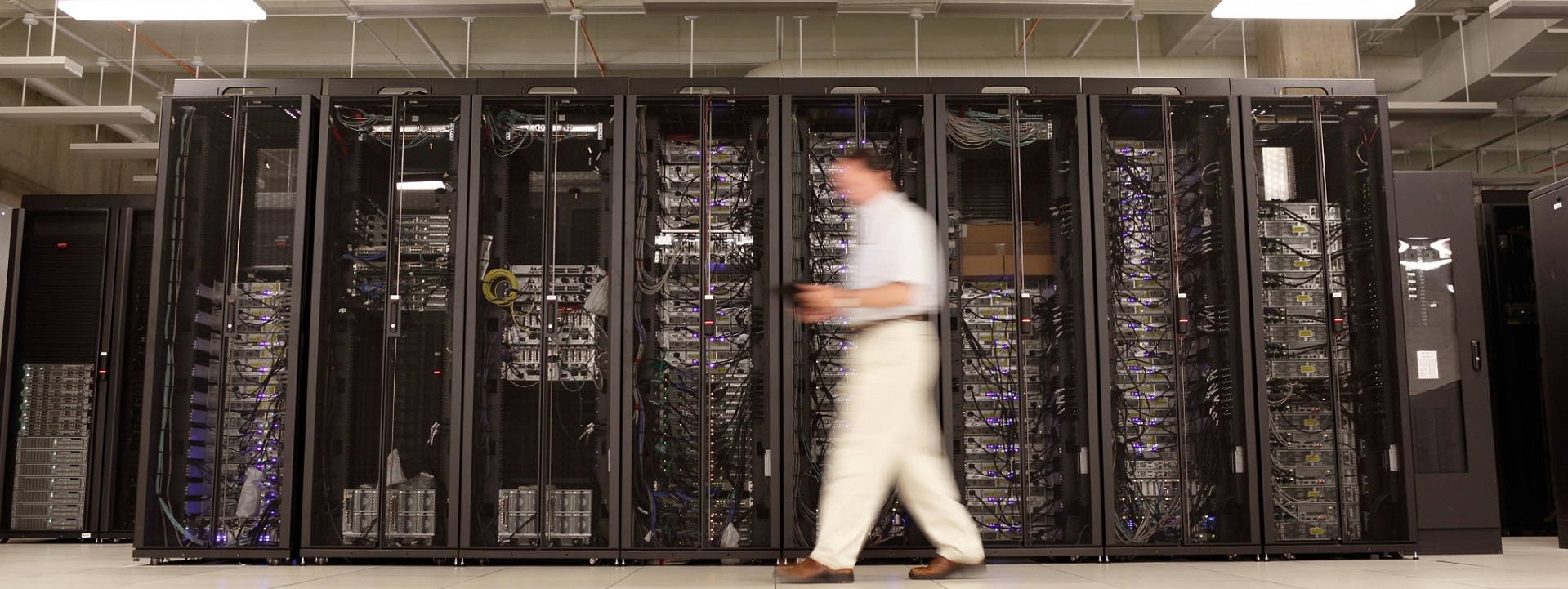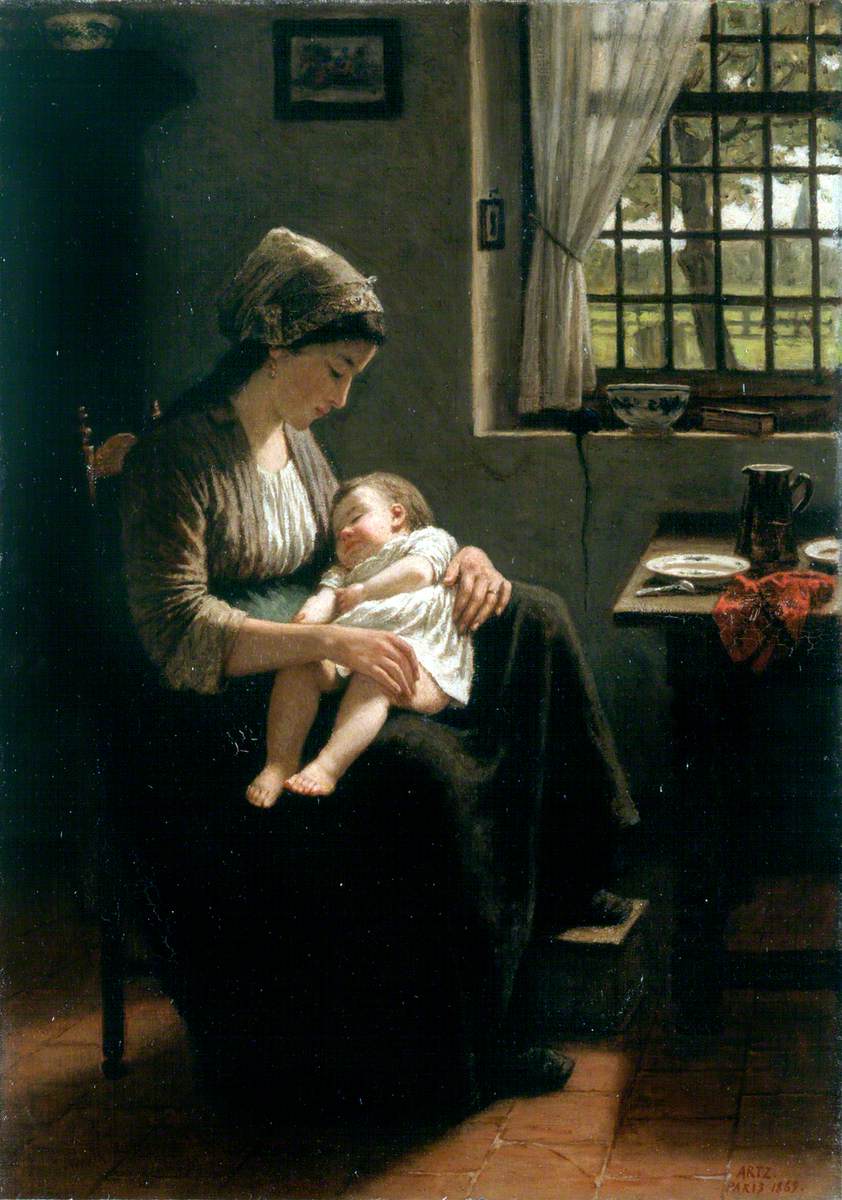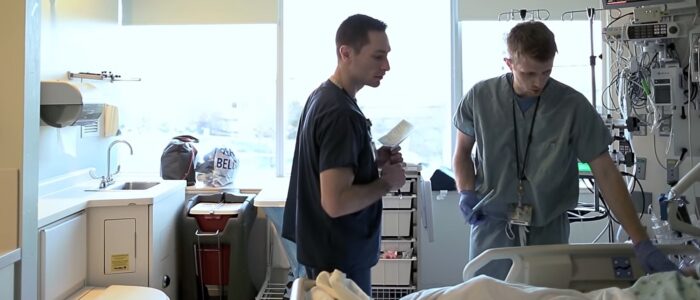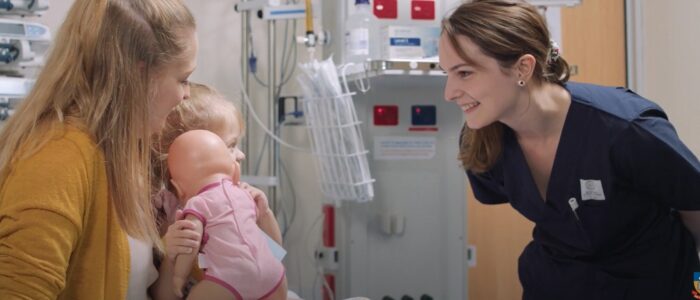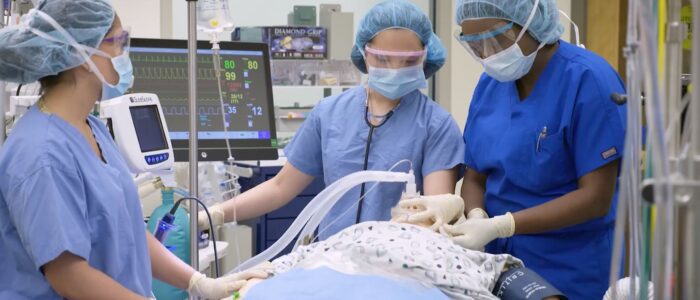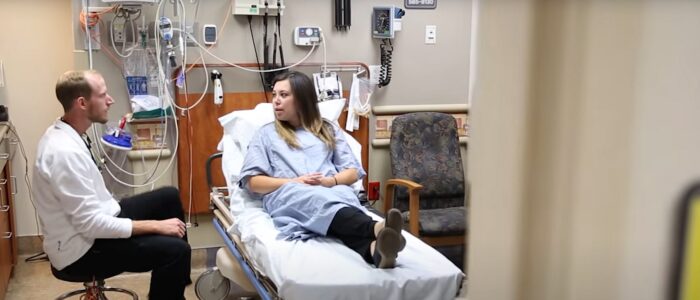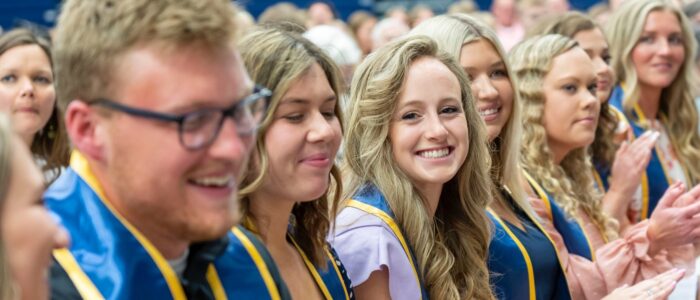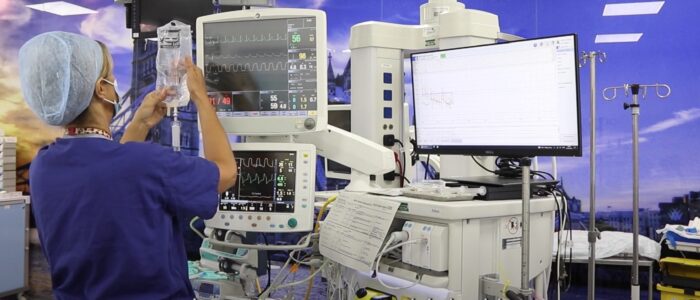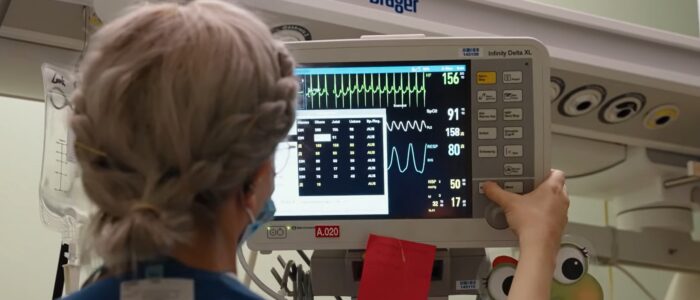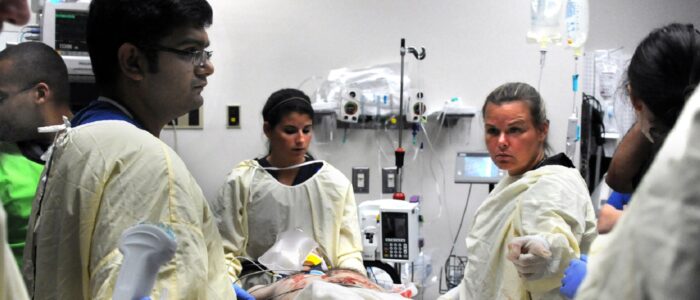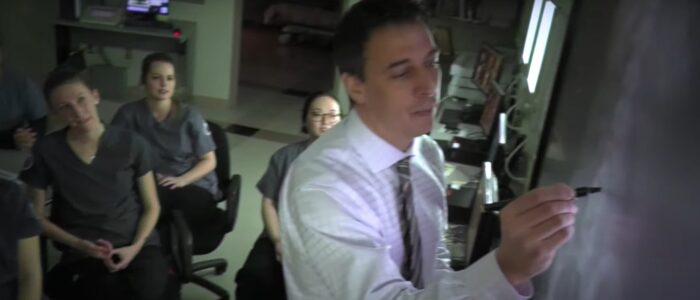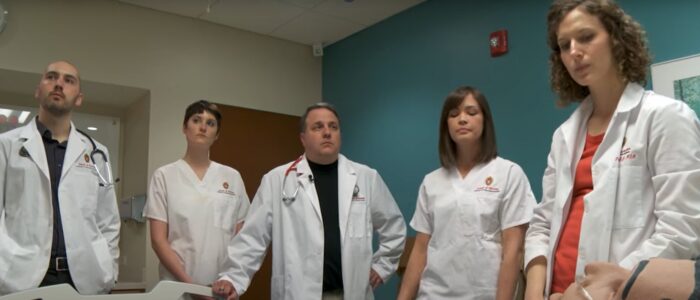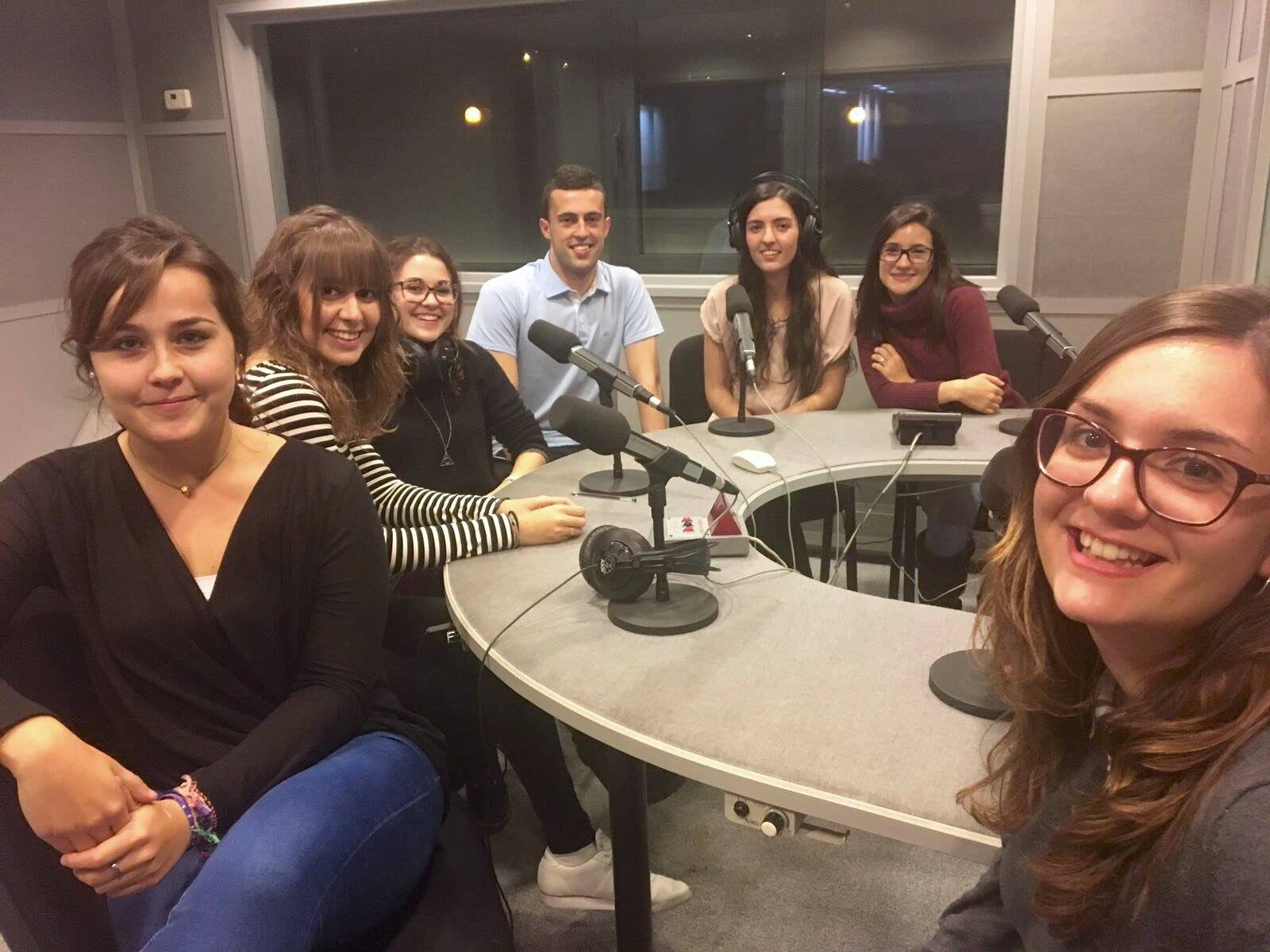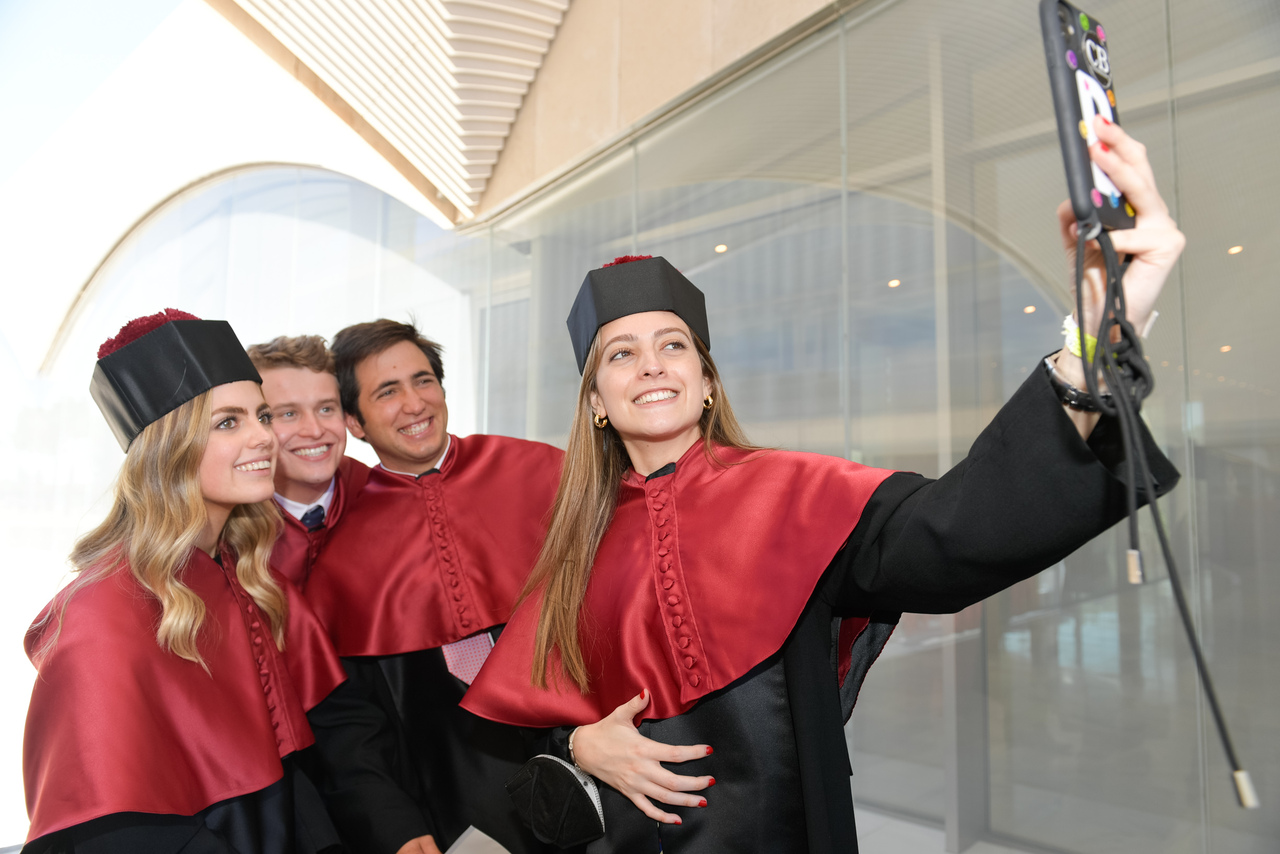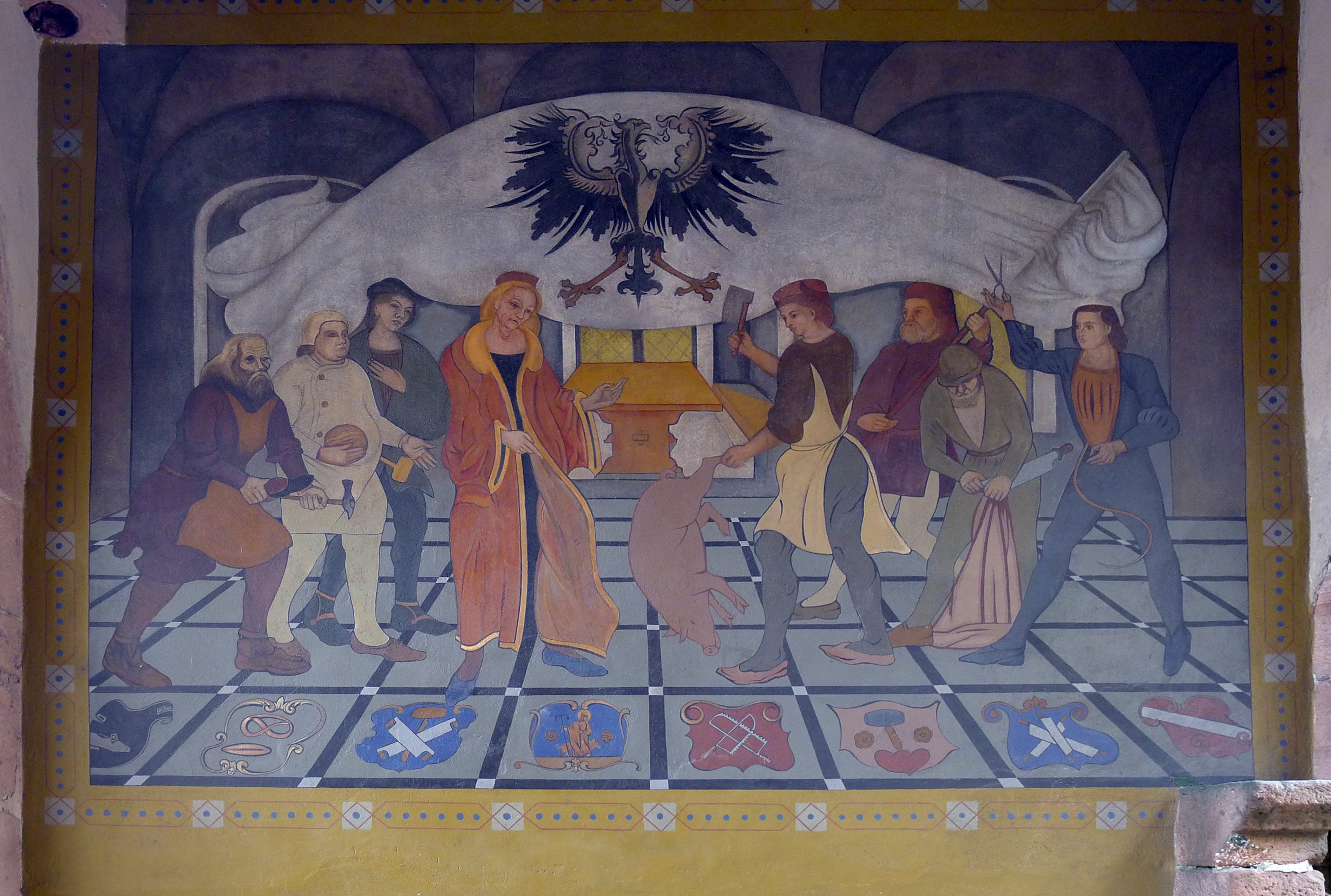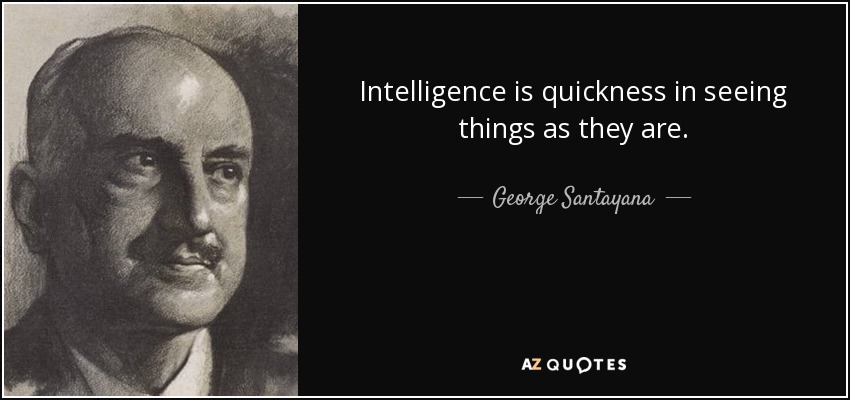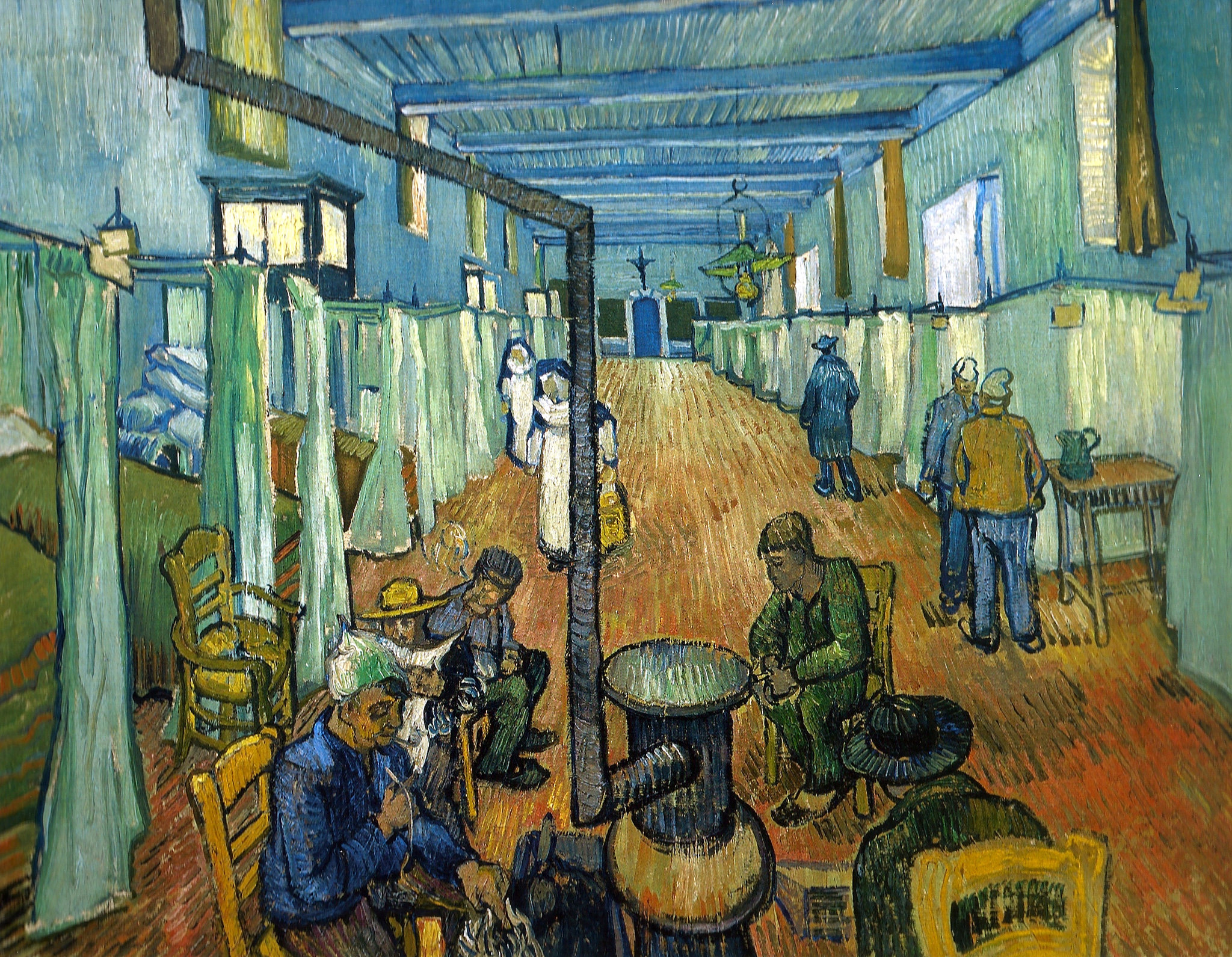
The pandemic provides background for the importance of ventilation systems in healthcare settings and reminder that there is plenty of work to do. The scope of ASHRAE 189.3 – Design, Construction and Operation of Sustainable High Performance Health Care Facilities — lies in this domain:
Purpose. The purpose of this standard is to prescribe the procedures, methods and documentation requirements for the design, construction and operation of high-performance sustainable health care facilities.
Scope.This standard applies to patient care areas and related support areas within health care facilities, including hospitals, nursing facilities, outpatient facilities, and their site. It applies to new buildings, additions to existing buildings, and those alterations to existing buildings that are identified within the standard. It provides procedures for the integration of sustainable principles into the health care facility design, construction and operation process including:
-
- integrated design
- conservation of water
- conservation of energy
- indoor environmental quality
- construction practices
- commissioning
- operations and maintenance
Noteworthy: Related title ASHRAE/ASHE Standard 170 Ventilation of Healthcare Facilities
Public consultation on Addendum m regarding definition of “room units” and the heating and cooling of such units closes January 27th
Public consultation on Standard 189.3-2021, Design, Construction, and Operation of Sustainable High-Performance Health Care Facilities closes November 11.
We maintain this title on the standing agenda of our periodic Health, Energy and Mechanical colloquia. See our CALENDAR for the online meeting; open to everyone.
October 9 Update
As of the date of this post, two redlines have been released for public consultation
Proposed Addendum L to Standard 170-2021, Ventilation of Health Care Facilities
Proposed Addendum i to Standard 170-2021, Ventilation of Health Care Facilities
The consultation closes October 29th.
Other redlines are released and posted at the link below:
Public Review Draft Standards / Online Comment Database
Because this title is administered on ASHRAE’s continuous maintenance platform, public consultations run 30 to 45 days. You may also submit an original idea to the ASHRAE standards development enterprise. CLICK HERE to get started.
We maintain this title on the standing agenda of our periodic Health, Energy and Mechanical colloquia. See our CALENDAR for the online meeting; open to everyone.

Issue: [Various]
Category: Mechanical, Electrical, Energy, Facility Asset Management
Colleagues: David Conrad, Richard Robben, Larry Spielvogel
Workspace / ASHRAE



